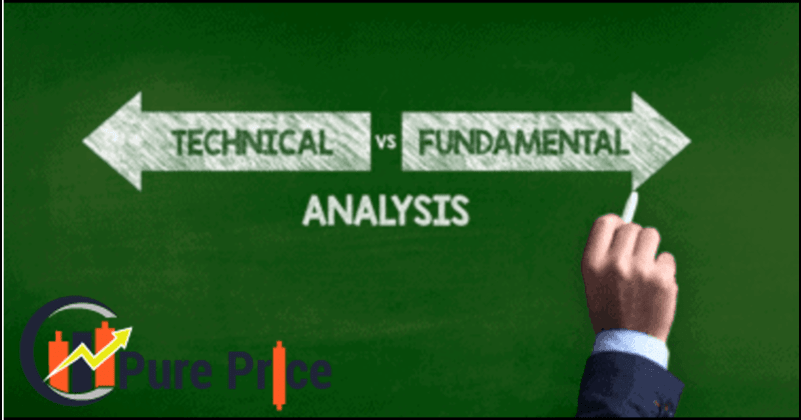Technical Analysis VS Fundamental Analysis

14 Nov
Technical Analysis vs Fundamental Analysis
Comparing Fundamental and Technical Analysis is an endless debate. This argument is always predicated on financial markets, whether it is presented in forums or blogs. Let’s examine the differences between the technical and fundamental analyses of the stocks, commodities, and forex.
Fundamental Analysis
Each of the three markets has different fundamentals. A balance sheet and income are the subject of one, supply and demand are the subject of another, and the national economy is the subject of still another. Therefore, we shall evaluate it as distinct concepts rather than generalising it.
Fundamental Analysis of Stock Market
Commodity market fundamentals entail analysing a commodity’s supply and demand to determine its fair value. Commodity prices rise if either a supply deficiency or an excess demand is anticipated in the future. A commodity’s price drops if the opposite is predicted.
Forecasting takes a lot of effort, and the data is dynamic as well. But theoretically, a knowledgeable retail investor may be able to do so with the use of high-end Newsfeed technologies.
Fundamental Analysis of Forex Market
Saved the best for the last. A fundamental investor should forecast a country’s GDP, CPI, PPI, inflation rate, fiscal policies by the government, monetary policies by the central bank, employment data, import and export and other mumbo jumbos. Safe to say, he has to assume the role of finance secretary and central bank governor. Sounds intriguing! Isn’t it? It doesn’t end here, when a new turbulence like trade war or political instability develops, he needs to punch in more hours. (Get our newsfeed indicator for free, available at the MT4/MT5 terminal, to receive real-time economic data.)
It is important to remember that all three markets are interrelated, and just as with currency correlation, investors should also analyse the inter-market interdependence. The fundamental analyst should have a general understanding of the other two divisions.
Technical Analysis
The technical analyst uses a chart to analyse historical price action of an asset. Charts are useful in determining supply and demand in the market, but who determines supply and demand for an asset? The big financial institutions, such as banks, brokerages, and hedge funds, are the ones who conduct fundamental analysis. A technical analyst, on the other hand, skips all the hard work and uses the chart as a cheat sheet to trade using the answers to the hard work of fundamental analysts.
Technical investors arrive at the party later than fundamental investors, who arrive early. However, everybody takes pleasure in the celebration in a different way. An early riser will sometimes be rewarded with pleasant hours, while a latecomer may occasionally have to pay for his tardiness.
However, more recent investment trends tell a different tale. While technical experts were making money from the prolonged bull run in every market category, fundamental analysts were complaining about overvaluation and pulling out early. Additionally, the technical analyst profits from the brief, erratic fluctuations that many fundamental analysts ignore as background noise.
A truce in the debate – Technical Analysis vs Fundamental Analysis
In theory, every piece of economic (fundamental) news and element will be represented in one way or another in the chart. Therefore, it makes no sense to continue the discussion on which is superior: technical analysis or fundamental analysis. Let’s examine what is practical for an investor or retail trader instead.

